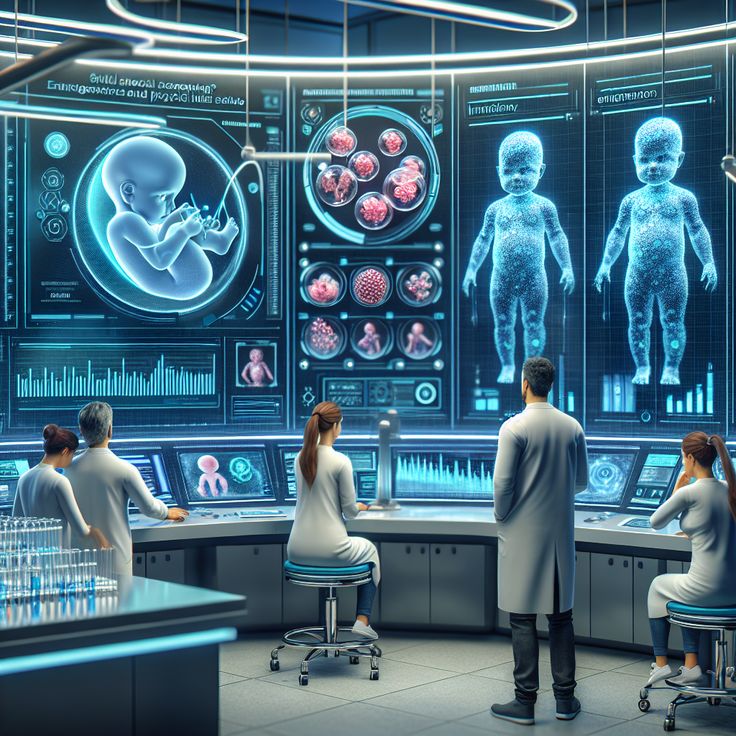A newborn’s first cry is one of life’s most heartwarming sounds, but why does it happen? Interestingly, it’s not just about the physical changes a baby experiences—it could also have an emotional and sensory reason.

While in the womb, a fetus spends about 40 weeks in a warm, cozy environment, constantly soothed by the rhythmic sound of the mother’s heartbeat. This steady “lub-dub” becomes a source of security and familiarity. But the moment a baby is born, everything changes.

Suddenly, the baby is thrust into a new, unfamiliar world. The comforting sound of the mother’s heartbeat is no longer there, replaced by strange sights, sounds, and sensations. This abrupt shift can make the baby feel anxious, which could explain why many newborns burst into tears.
Fascinating Evidence Supports This Theory
A simple yet revealing experiment offers a glimpse into this phenomenon. Researchers recorded the sound of a mother’s heartbeat from inside the womb using a microphone. After birth, they played this recording for the newborn. What happened next was astonishing—the baby, who had been crying, immediately calmed down, smiled, and even fell asleep. This suggests the heartbeat’s soothing effect continues even after birth, serving as a bridge between the womb and the outside world.

Crying Also Has a Physical Role
Of course, there’s another important reason for newborns’ cries. Their first breath outside the womb requires their lungs to expand fully for the first time, and crying helps kick-start their breathing. So, while their tears might be tinged with some sensory anxiety, they’re also a sign that the baby’s body is transitioning to life outside the womb.